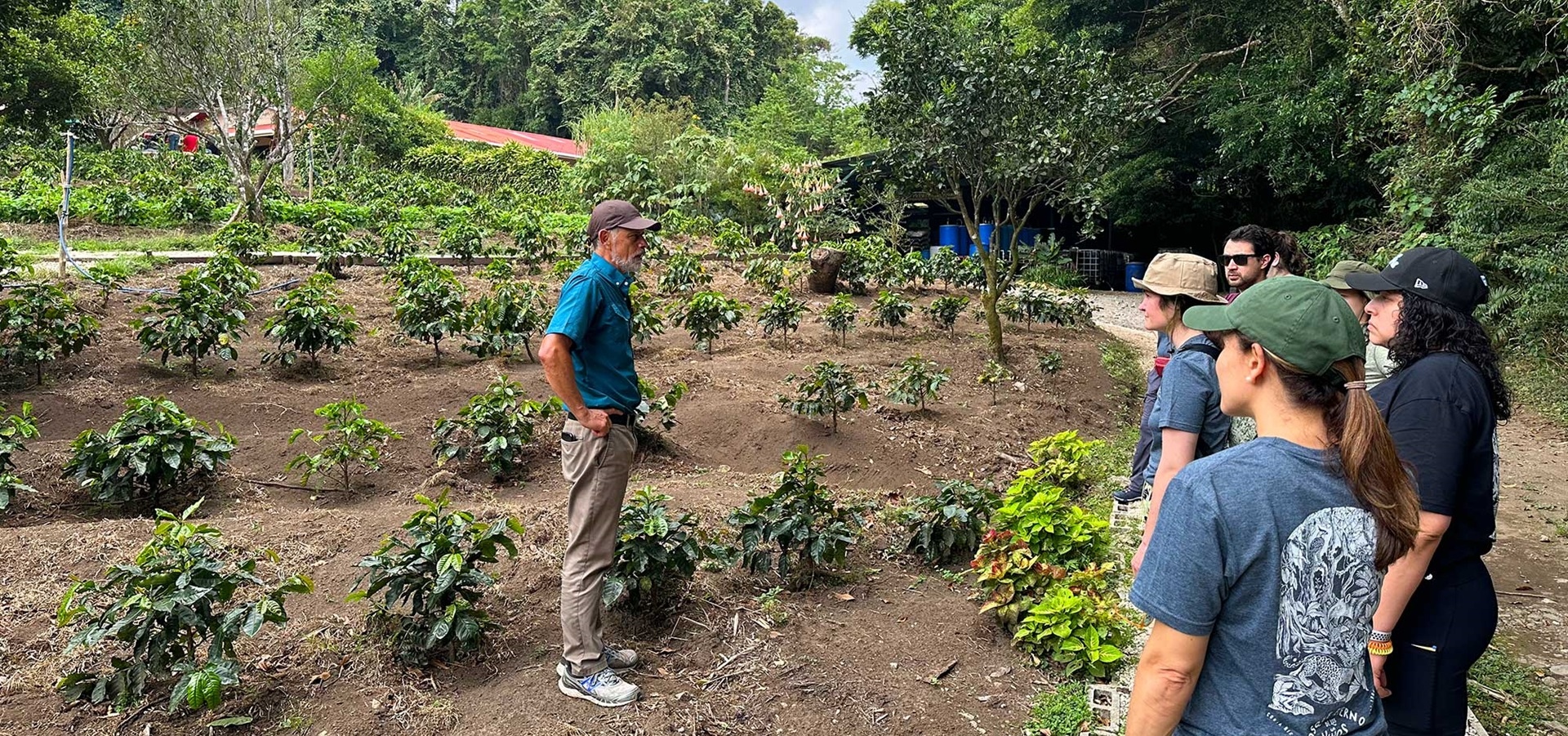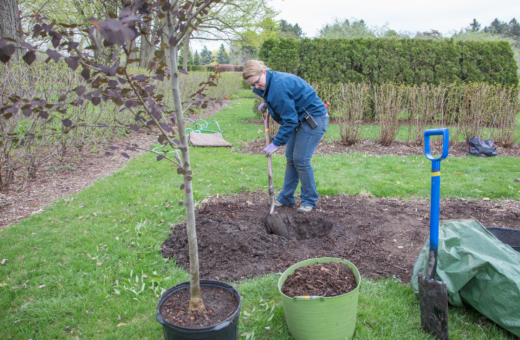April 17, 2024
Immersed in a tropical, mountainous forest in Costa Rica, eight teachers from Chicago-area middle and high schools stood in awe as they marveled at a massive moss-covered tree. They were there with staff from The Morton Arboretum’s Center for Species Survival: Trees.
Their weeklong educational trip to the Monteverde Cloud Forest Biological Reserve took place in March, the same month that the center marked its first year. Among 18 research hubs designated as Centers for Species Survival, it is the only one hosted by a botanic garden and focused exclusively on tree conservation.
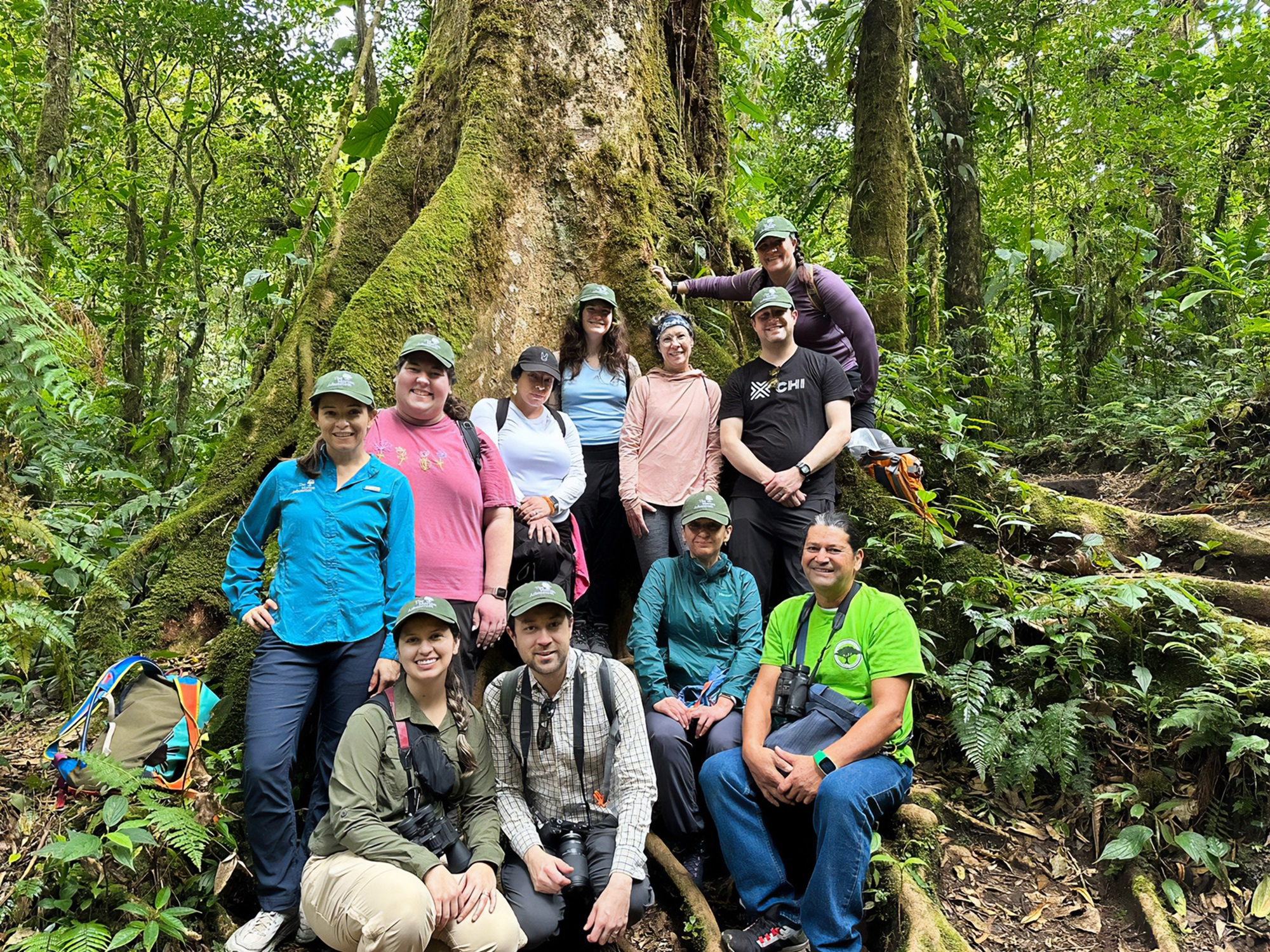
Over the past year, researchers with the center, which is partly funded by the Walder Foundation, have documented new populations of endangered oak species, advanced biodiversity research, identified conservation priorities for threatened species, developed working relationships with local people to help restore forests, and fostered education about trees.
A key goal of the Costa Rica cloud forest experience was to inspire the teachers to add tree conservation to their curricula. The trip’s activities included a guided tour of a sustainable coffee farm, participating in surveys of bats and other species, and water quality sampling in creeks using aquatic insects as bioindicators.
“The stories shared during the trip about the plants, animals, and people living in the area not only connected me and the others in the group to the rich biodiversity of the cloud forest, but also highlighted the interconnectedness of all life forms and ecosystems,” said Ryan Johnson, a seventh- and eighth-grade science teacher at Jovita Idár Elementary School in Chicago’s Gage Park neighborhood. “I’m eager to incorporate some of these stories and storytelling techniques into my curriculum, as I believe they can spark curiosity, empathy, and a sense of responsibility toward our environment.”
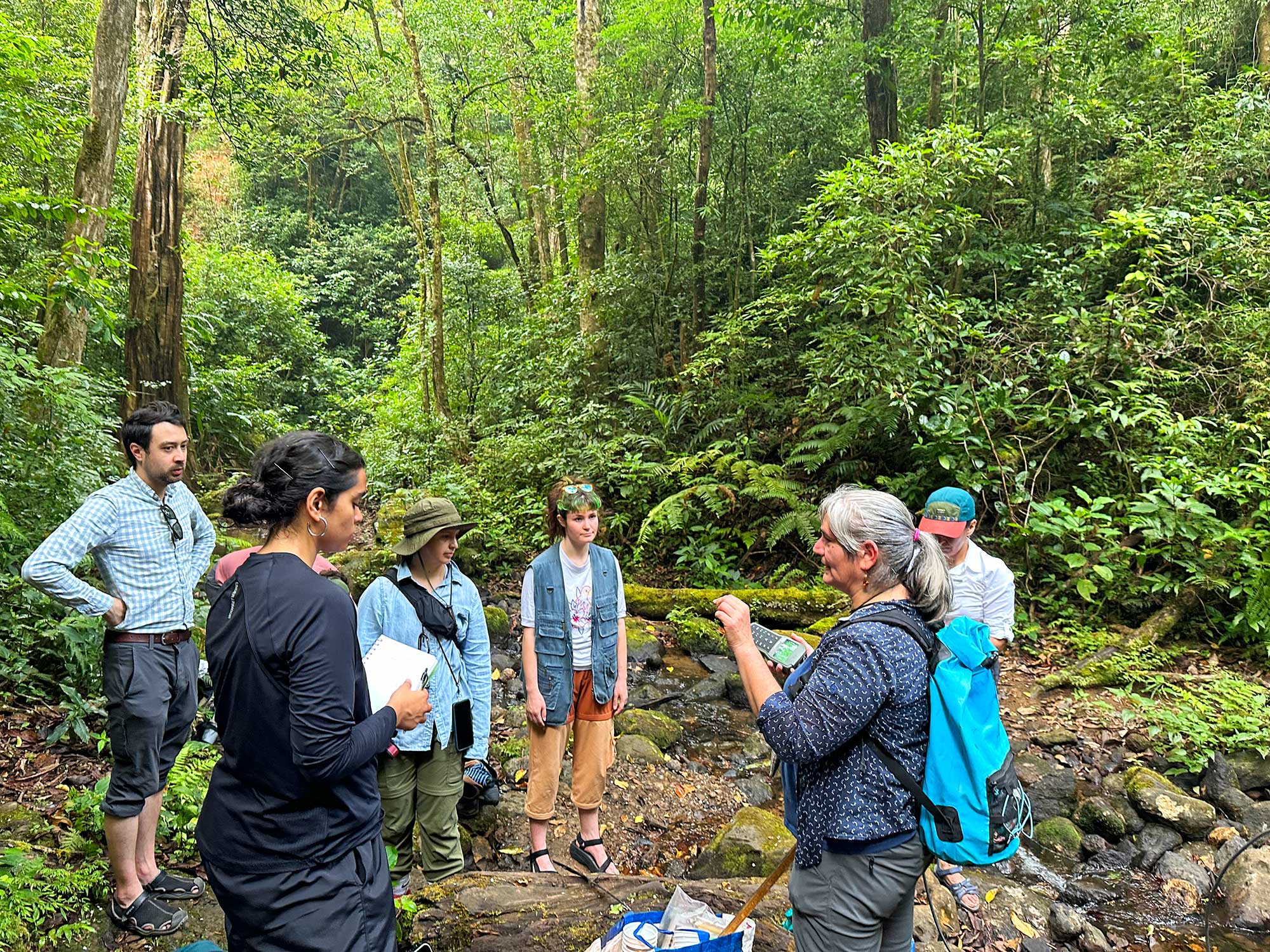
Emily Brooks, a sixth-grade science and social studies teacher at Naperville’s Washington Junior High School, was struck by the collaboration she witnessed.
“Conservation work in Costa Rica has connected people globally, from different regions in the country, and even from within the same local community,” she said. “To see people strongly advocating for this connectivity, in a world where people seem more divided than ever, was truly the most impactful part of the trip.”
The center is a partnership with the Species Survival Commission of the International Union for Conservation of Nature (IUCN), the world’s largest conservation organization. Six of the 18 such centers globally are in North America, including the tree-focused one at the Arboretum and a Center for Species Survival: Freshwater at the Shedd Aquarium. Chicago is the only metropolitan area that hosts two such centers.
Biodiversity Progress
During its first year, the Center for Species Survival: Trees has been busy. For example, it has led expeditions to regions across Latin America and Southeast Asia that are considered biodiversity hotspots, regions with many threatened trees. Researchers have documented 20 new individuals of a very rare tree found only in the Cabo region of Baja California Sur, Mexico: Guaiacum unijugum, which is listed as Critically Endangered by the IUCN. The team also located a new group of endangered Quercus flocculenta oak trees in the northern Mexican state of Coahuila. Overall, more than 250 plant specimens have been collected in Mexico and Central America for research. Many trees were geolocated and tagged so they can be found in the future to collect fruit for propagation and restoration efforts in collaboration with local partners.
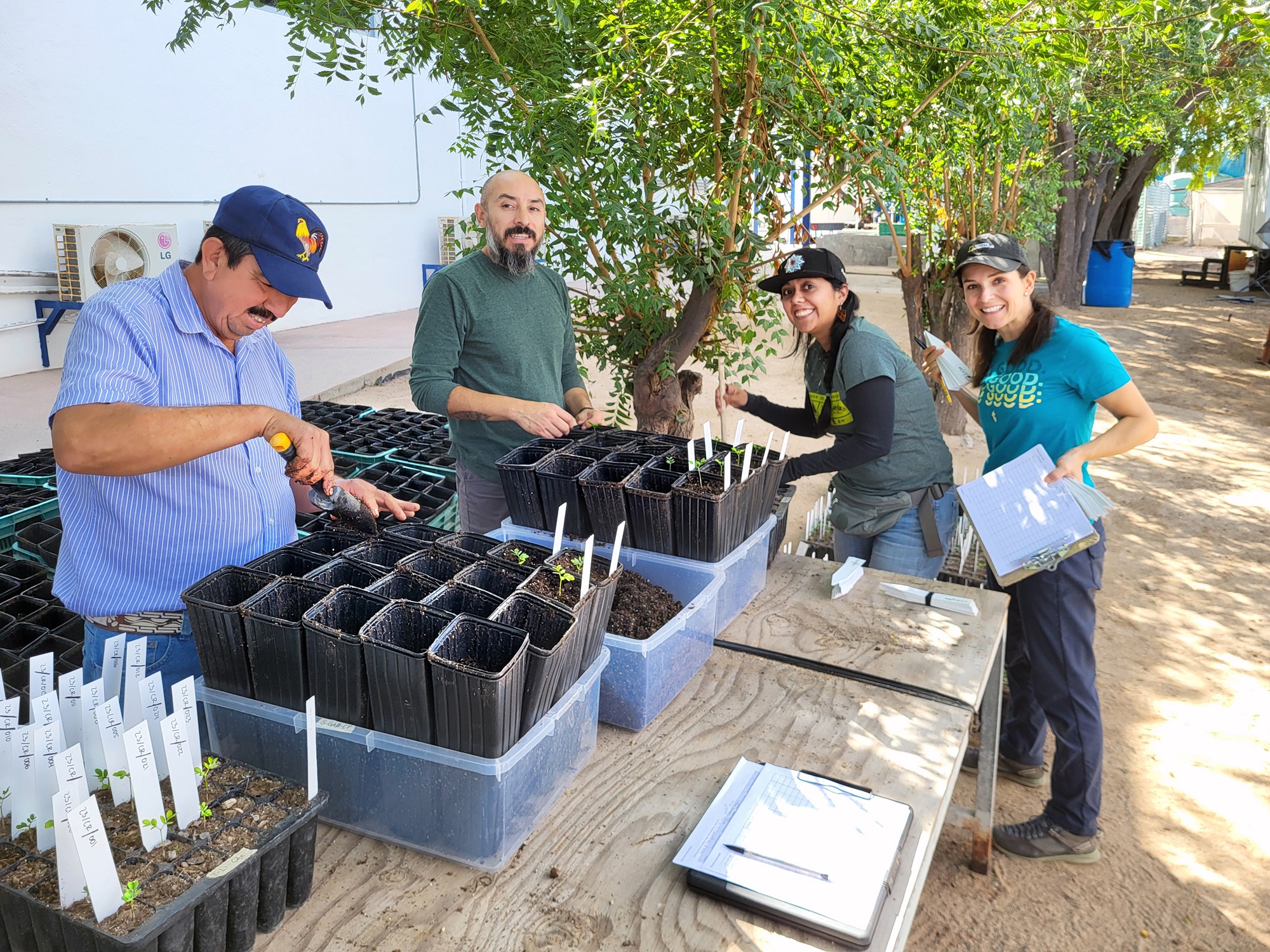
In May 2024, the center will publish a Conservation Gap Analysis for Mesoamerican Oaks, documenting what knowledge is needed to guide conservation efforts and target trips to collect specimens. A similar analysis for Southeast Asian oaks is expected in 2025.
In Southeast Asia, the center is collaborating with local partners in Malaysia and Singapore to save threatened beech, chestnut, and oak trees. Conservation efforts include surveying at-risk trees, studying plant collections, and working with Indigenous communities to grow seedlings of threatened tree species to restore previously logged forests.
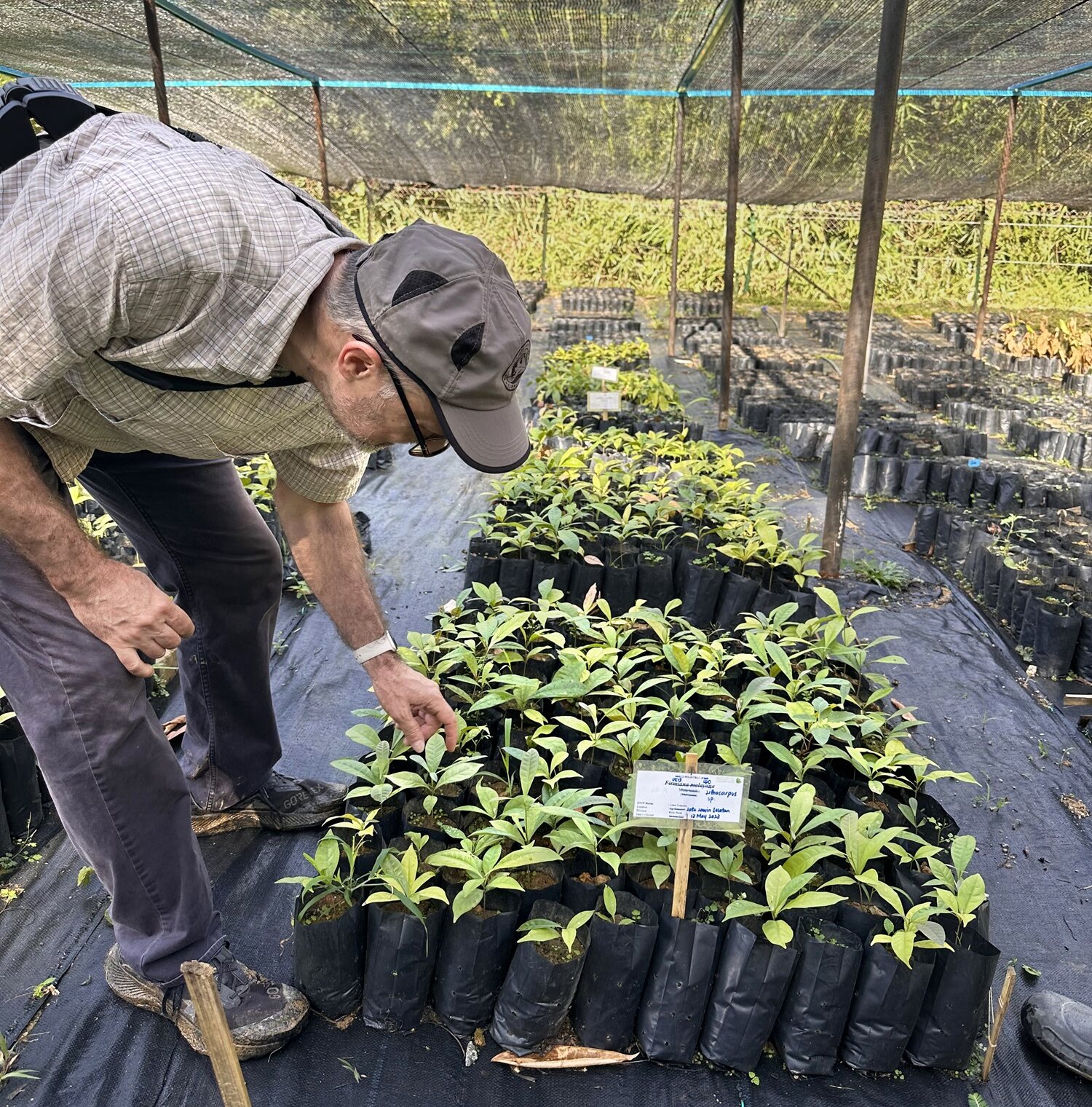
Inspiring Tree Stewards
The teachers’ Monteverde cloud forest experience was just one of the ways the center has begun engaging people around environmental stewardship. Its team hosted over 20 capacity-building workshops and webinars last year, training more than 100 people on oak collection, propagation, and conservation. Other workshops held in Vietnam and Thailand taught some 80 participants how to assess threat levels for tree species with the methods the IUCN uses to compile its Red Lists of threatened species.
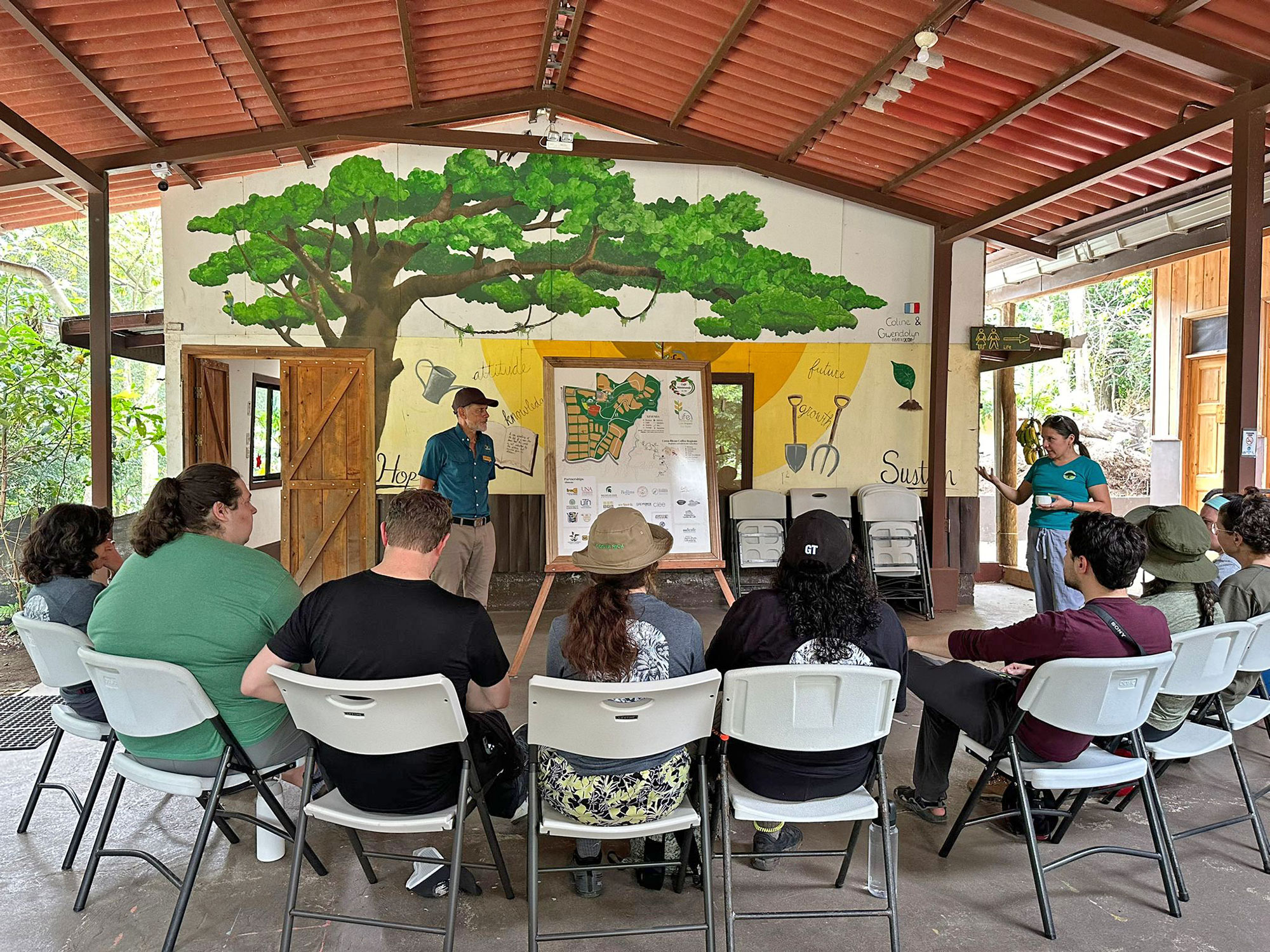
Tree conservation work in Guatemala’s Trifinio Biosphere Reserve is not only engaging local people with tree conservation but supporting sustainable livelihoods for them. The Arboretum’s Guatemala partners at San Carlos University have built a nursery where oaks and other important native plants are being bred and grown. This team will train local residents in nursery management as well as tree propagation and care, so they can grow trees in the nursery themselves. The local communities will be able to sell some of the trees for income, with the rest to be replanted in nearby forests.
Also in Guatemala, plans are in place to develop tree identification guides that local people can use when conducting ecotourism tours. Project leaders also will produce educational materials for children that are focused on the care, protection, and restoration of forests in the country.
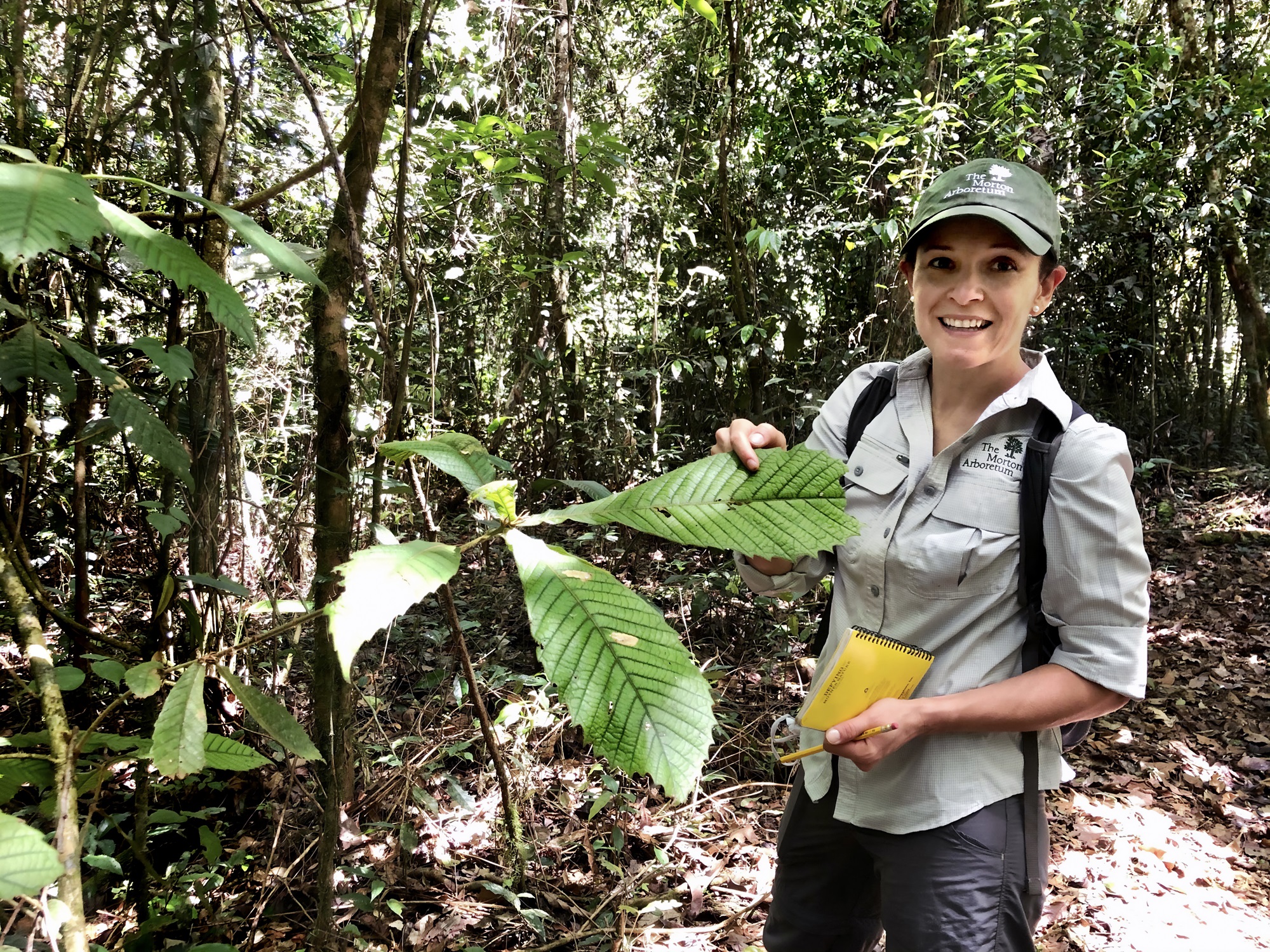
Locally and globally, the Center for Species Survival: Trees at The Morton Arboretum will continue to inspire tree champions and conservation efforts for years to come, giving threatened trees a better chance at a bright future.
To learn more about Chicago’s two Centers for Species Survival for trees and freshwater ecosystems, and the progress they’ve achieved in the past year, read the Arboretum’s latest press release for Earth Day.
